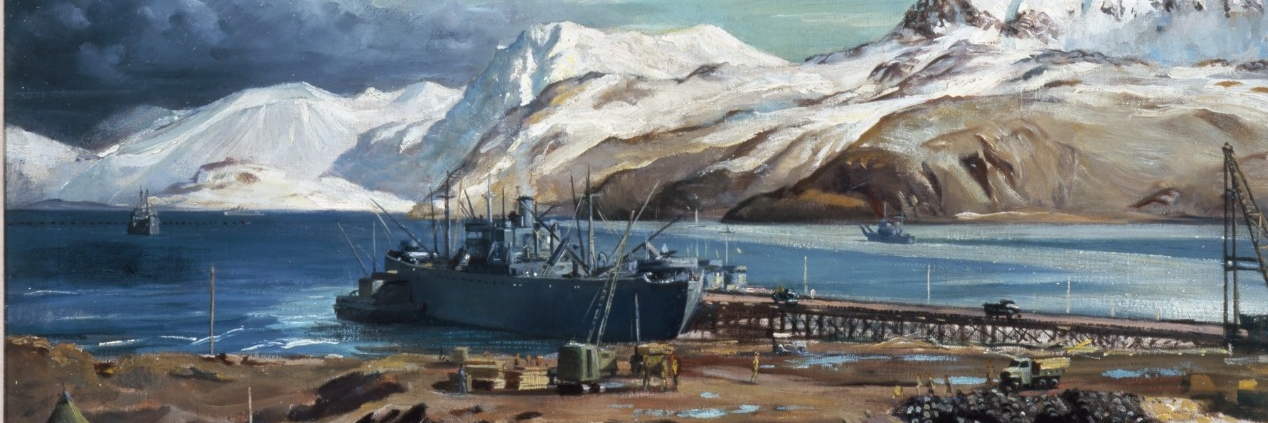
Alaska During the Pacific War
In December 1941, Alaska was a sparsely settled territory of the United States. The population of 72,000--roughly divided between native Innuit peoples and European-Americans--was concentrated in coastal towns, such as Anchorage, Juneau and Ketchikan, though Fairbanks was a sizeable city deep in the interior. The major industry was fishing, mainly salmon, though furs, timber and gold & platinum mining were also significant.
American military interest in Alaska was initially quite limited, although the U.S. Navy was interested in oil reserves in the Katalla field, and the Federal Governments presence was mainly felt through the Coast Guard's fisheries patrol. This did not change dramatically upon the outbreak of war with Japan in December 1941 as Alaskan Sea Frontier forces were limited to a gunboat, two old destroyers, three Coast Guard cutters, and three converted fishing boats. They were based at Sitka, Kodiak, and Dutch Harbor. Seven airfields, ranging from Cold Bay in the Aleutians to Metlakahtla near Juneau, linked the region south to Puget Sound. Over the ensuing months, forces in Alaska increased only moderately, though a new airfield was built at Otter Point on Umnak. In any case, the few aircraft, as well as the cruisers and destroyers shifted to the region that spring, were not enough to fend off a Japanese attack in June 1942.
The two light carrier strikes on Dutch Harbor, which destroyed most of the oil storage facilities there, and the landing of Japanese troops on Attu and Kiska in the Aleutians were not major operations. They were merely part of a failed diversionary effort to distract American attention from the attempt to invade Midway Island. The occupation of two American-controlled islands, however, did provoke a long-term response by the U.S. military.
Over the course of 1942 and early 1943, ships, planes, and thousands of troops were shifted north as forces could be spared from other battle fronts. New bases, such as those on Amchitka and Adak were constructed, and the Alaska-Canadian highway was built to connect Seattle with Juneau.
As part of this vast deployment of men and equipment, the U.S. Navy's combat art program sent William F. Draper to document naval activities in Alaska. He covered everything from the construction of harbors and base facilities, to the vagaries of Arctic weather, and the buildup of forces to retake Japanese held islands. One of the most difficult aspects of his assignment was dealing with the weather as the freezing cold and high winds made his hands numb, blew away his materials and damaged his paints and canvasses.
Edward Grigware was a successful illustrator before the war. As his part of the war effort he worked for the Navy's recruiting section and was assigned to cover life in Alaska. This undertaking was separate from the combat art program.


